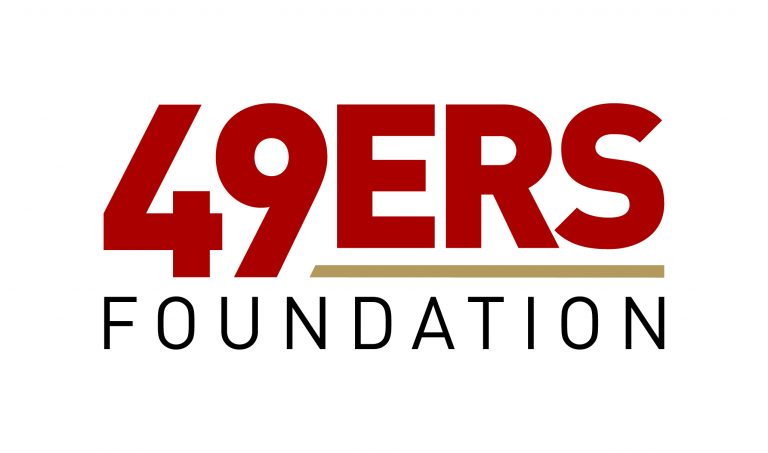Strategies for Racial Equity in Organizations
Learning by Giving (LxG) helps to launch young, social-change-makers on their paths to exploring injustice and provides a framework to understanding how philanthropy and the nonprofit sector can support more equitable communities. In short, there has never been a more important time for Learning by Giving than this moment.
A few weeks ago, the Learning by Giving team shared our public statement against racism and injustice. We committed to using our platform to amplify the voices of our students of color who are driving social change by addressing racial justice and inequality. Today, we share the first in a series of blog posts written by one of our LxG student alumni. Steven Swann recently completed our Philanthropy, Power & Impact course at Georgetown University and also serves as the Racial Equity Manager at Bread for the City in Washington, DC.
We continue to deepen our efforts to listen to, and learn from, the voices of our students leading this call for social and systemic change. We are proud and humbled to have social change leaders like Steven as a part of the Learning by Giving community.
As students and emerging professionals, we may look at a country convulsed by two interwoven pandemics with an acute interest resolving one or more of them. One, COVID-19, is a biological threat of fairly recent origin. The other, systemic racism, is a social ailment with a lineage older than the country itself. Each is frequently deadly and disproportionately harms people of color
In the case of systemic racism, the scale and intensity of recent public demands for reform—initially regarding police brutality but expanding thereafter to other concerns—suggest that we are at an inflection point. The impact of our collective words and actions in this time may be greater than at any other point in recent history. This fact may land poignantly upon those transitioning into new careers, who may be joining organizations and entering sectors that are also finding their various ways through a suddenly fluid reality. Despite holding junior status at their new employers, the work of change to meet the demands of the moment may be disproportionately borne by these newly minted employees. After all, they haven’t yet formed attachments to entrenched ways of “doing business” and often bring new perspectives into their workplaces.
For people in these spaces, I’d like to offer some approaches which may be useful on the path toward racial equity within organizations. For context, the condition of racial equity is one in which quality of life indicators and outcomes are no longer predictable by race. It comes from the recognition that the distortions inherent to the function of racism, can yield serious disparities in living situations, life outcomes, and the degrees of need that people experience on the basis of racial identity. Racial equity approaches seek to give people what they need to achieve valued outcomes. This differs from concepts of racial equality that often rely on the distribution of equal resources to everyone.
What I will offer comes largely from two experiences. As the Racial Equity Manager at Bread for the City, a non-profit that serves Washington, DC residents living with very low incomes, I worked to create and support the conditions that promote organizational development on racial equity. Supported by a generous contribution from the Learning by Giving Foundation, my classmates and I gained a concrete sense of how philanthropic actors grapple with the issue of racial equity in the Philanthropy, Power & Impact course at Georgetown University’s McCourt School of Public Policy.
1. Build an Organizational Analysis of Racism
Find a racial equity training and engage other resources that will challenge your organization to be self-critical and attentive to racial dynamics. Make training, and participation in ongoing efforts, mandatory for everyone so that they aren’t relegated to a side project engaged by a select few on the basis of interest or identity. It must be understood as a fundamental principle that improves the ability of the organization to fulfill its core mission, and has implications for the work of every staff member.
2. Purge the Notion of The Sacred
Examine everything. If the mission, vision, values, structures, processes, and practices of the organization are worthy, they will be reaffirmed. If not, you can do better without them. Tradition is not alone self-justifying.
3. Adopt a Self-Critical Perspective
Using the tools and understandings you’ve acquired, examine your values, words, actions for evidence of implicit bias and other forms of racial discrimination and take decisive action when they are found.
4. Liberate Yourself
Liberate yourself from the idea that you must keep existing values, structures, policies, and practices in place as you pursue racial equity in your organization. Liberate yourself, as well, from the idea that you can remain comfortable as you change the organization. Installing racial equity as a central value will necessarily cause repercussions across an organization. Don’t waste your time or energy fighting the discomfort. Use those as resources to move forward. The discomfort marks the territory where growth is occurring. If you are not challenged throughout this process, you can be assured that you're leaving potential progress on the table.
5. Be Explicit
Declare the organization's stance on racism in both public and internal communications and describe racial equity as its approach to fixing it. Build the habit of considering the impacts of race & racism in the operation of the organization.
6. Set Concrete SMART Goals That You Can Actually Fail to Achieve
- Specific- Clearly & concretely defined, leaving little room for misinterpretation and creating the possibility of failure.
- Measurable- Constructed to allow the org. to chart it’s progress (or lack thereof).
- Achievable- Reasonable given the resources and current position of the organization.
- Relevant- Meaningful for moving toward the organization’s ultimate objectives.
- Timebound- A finite time horizon to catalyze action.
7. Be Willing to Give up Things that Matter
If imbalances in power, resources, rewards and the values of lives are key characteristics of racial inequity, then racial equity will require those who have more than what is fair to strategically relinquish it in service of those with less than what is equal.
8. Don’t Confuse Your Words with Your Work
Your statements on this and every other subject are only valuable to the extent that they signal the direction in which you are moving and invite others to hold you accountable for that movement. The ways you deploy your resources (time, energy, platform, space, personnel, capital, etc.) are the most important expressions of your values.
9. Remember Your Place
Our benevolence does not excuse the negative impacts we may cause. Our goodwill is not a substitute for the self-determination of those impacted by our choices. The state of racial equity is characterized by people and communities of color deciding their own fates. They should be a meaningful part of your organization and active stakeholders in your decision-making processes.
10. Look Outside
At the societal level, racial inequity is a structural problem. So, organizations need to look beyond the boundaries of their core activities and seek opportunities to employ their resources in the work of changing racial conditions in their communities and beyond.
11. Seek Progress, Not Perfection
In this work, you will make mistakes. We all do. Don’t allow the uncertainty of a new path, the possibility of being critiqued for missteps, or an initial lack of confidence to exonerate you from the moral demand to engage and take steps on this path. Earnest and humble efforts don’t have trouble finding support.





